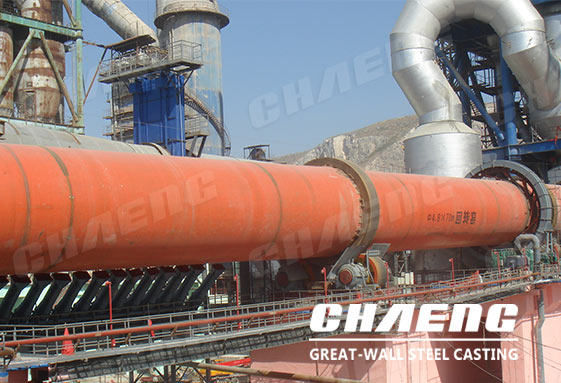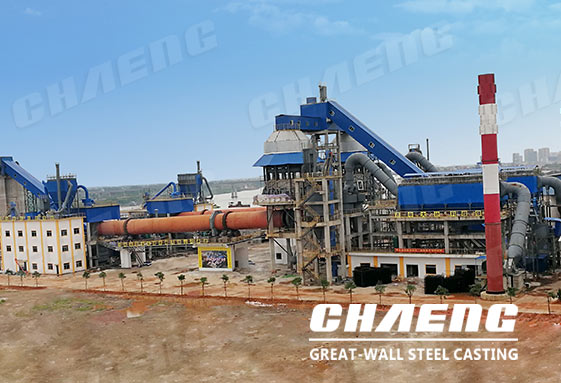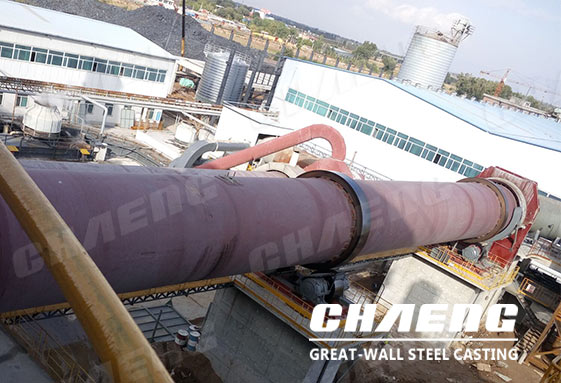

Rotary kiln is an essential equipment for cement production, and the stability of kiln operation plays an important role in cement production. Therefore, the daily and regular maintenance of the rotary kiln and the maintenance of the equipment should be in place. The main points of the maintenance of the rotary kiln are as follows.
1. Cracking of the kiln shell.
2. Cracks and damages of the roatry kiln shell.
3. Cracking and damage of kiln supporting roller.
4. Cracking and damage of supporting roller shaft.
5. Whether the heating of the roller bearing is normal.
6. Whether there is cracking or damage to the thrust roller.
7. The wear of the kiln tyre retaining ring.
8. Friction damage of gears.

Cracks in the rotary kiln shell:
1. Inspection method
(1) Daily
During the operation of the rotary kiln, the cracking of the kiln body can be found by visual inspection, and it can be carefully observed whether there is cracking in the welding part of the firing zone.
(2) Regular repairs
Through visual observation, it is possible to perform precise diagnostic methods such as dye penetration inspection and other precise diagnostic methods to determine the presence and condition of cracks in places that seem to be suspected of cracks. During the inspection, special attention should be paid to the parts of the cylinder where the temperature is high during the operation process due to the local high temperature caused by the falling bricks.
2. Cause of failure
(1) Dropped bricks cause the red kiln to occur and reduce the working strength of the equipment:
(2) The stress concentration of the welded part caused by the incandescence;
(3) The gap under the kiln trye increases, resulting in a corresponding increase in the curvature of the kiln cylinder;
(4) Poor welding effect or shape error of the welded part of the cylinder:
(5) The bending of the centerline of the kiln body causes the stress fatigue of the equipment;
(6) The installation method of the kiln tyre backing plate is not appropriate.

3. Preventive measures
(1) If bricks are found, immediately stop the kiln for disposal.
(2) Due to the long-term high-temperature operation of the firing belt cylinder (especially the cylinder under the tyre), the diameter of the cylinder is reduced. Especially when there is a brick drop accident in the cylinder part under the kiln tyre, the reduction is even greater. Therefore, at such time, after regular repairs, be sure to check the change in the size of the gap under the tyre.
(3) In the regular inspection of the gap under the kiln tyre, try to keep it within a reasonable range. This is an effective and easy way to prevent the kiln body from skewing and to replace the backing plate.


